new york life
New York Life found that its predecessor (Nautilus Insurance Company) sold slave holder policies during the mid-1800s. Join the conversation!
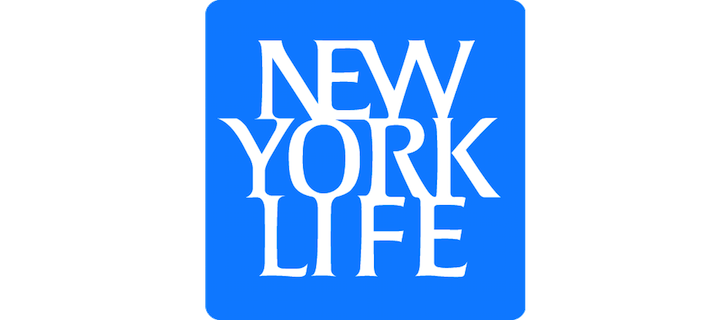
New York Life found that its predecessor (Nautilus Insurance Company) sold slave holder policies during the mid-1800s. Join the conversation!
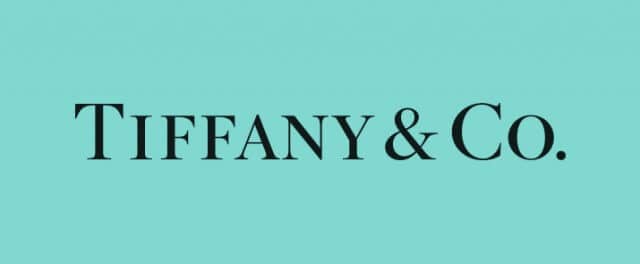
Tiffany and Co. was originally financed with profits from a Connecticut cotton mill. The mill operated from cotton picked by slaves was originally financed with profits from a Connecticut cotton mill. Join the conversation!
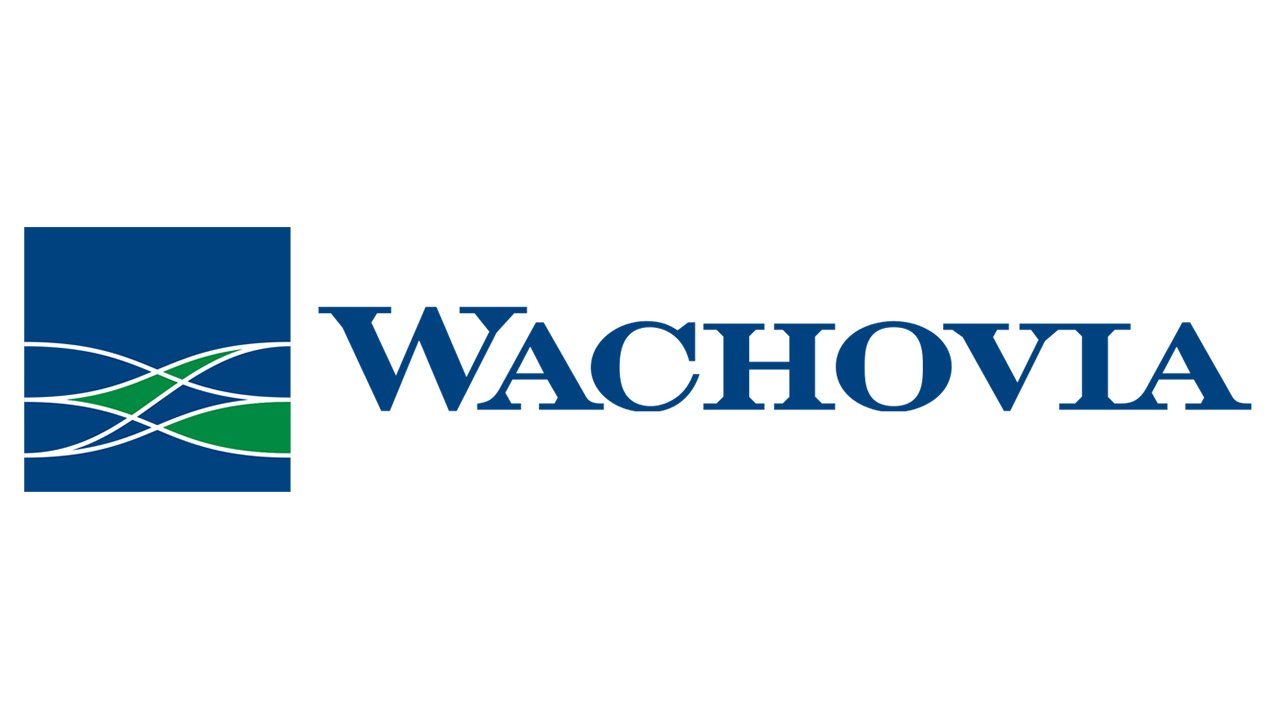
Two institutions that became part of Wachovia (Georgia Railroad and Banking Company and the Bank of Charleston) owned or accepted slaves as collateral on mortgaged property or loans. Join the conversation!
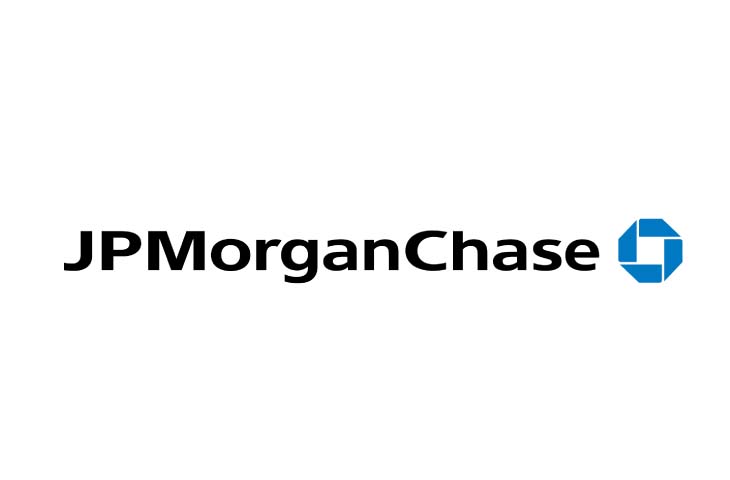
JPMorgan Chase reported that between 1831 and 1865, two of its predecessor banks (Citizens Bank and Canal Bank) accepted approximately 13,000 slaves as loan collateral. Join the conversation!
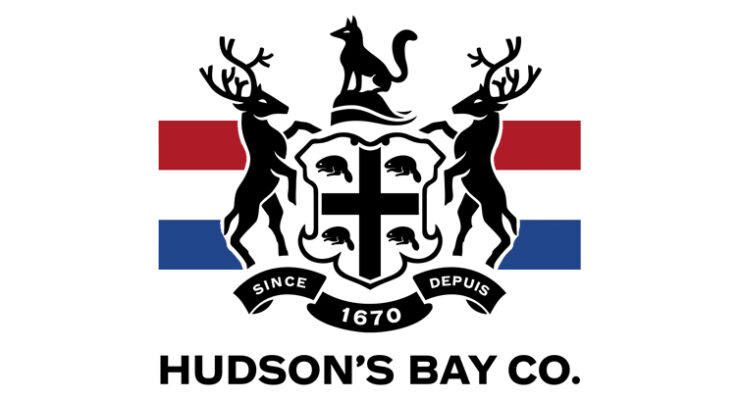
The Hudson Bay Company amassed considerable wealth through slavery and the transatlantic slave trade. Join the conversation!
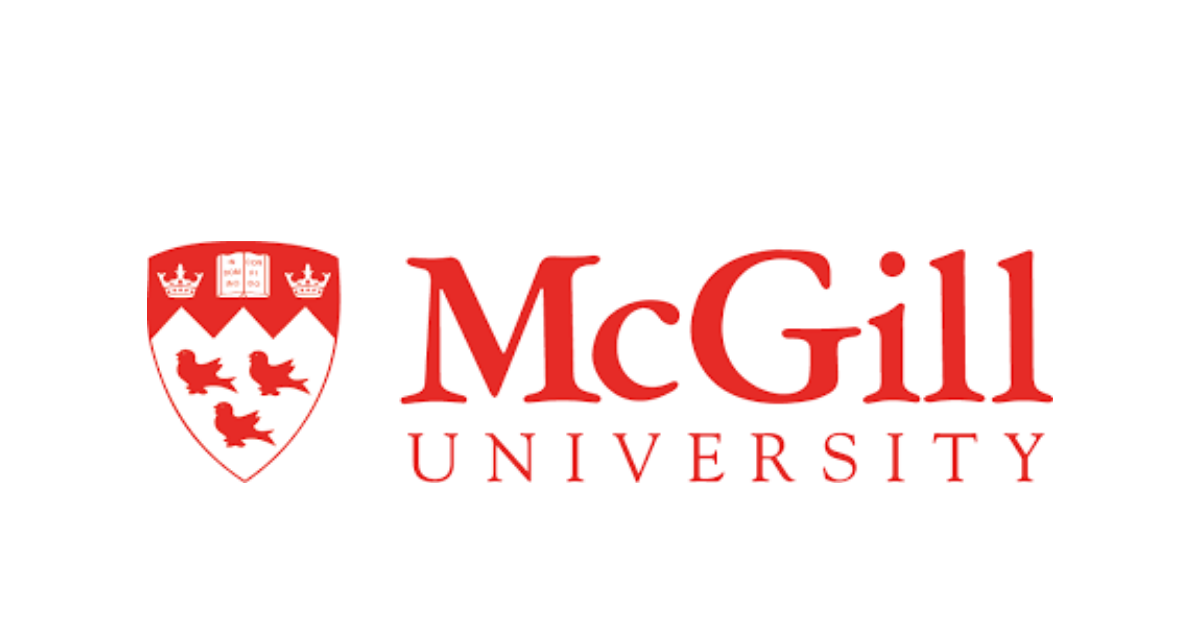
James McGill (founder of McGill University) amassed considerable wealth through slavery and the transatlantic slave trade. Join the conversation!
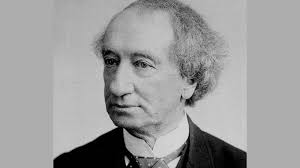
Canada’s first prime minister, Sir John A. MacDonald, was a beneficiary of the spoils of this intolerable trade in African adults and children. Join the conversation!

Royal & Sun Alliance submitted excerpts which described the insurance of a number of slaves. Join the conversation!
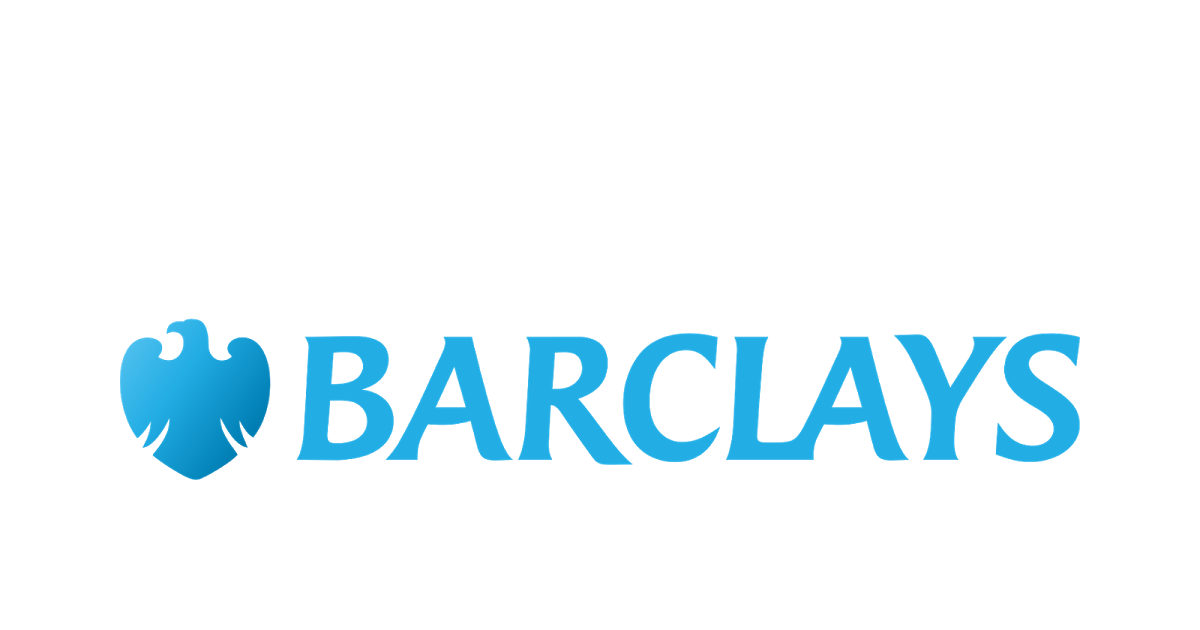
Barclays, the British multinational banking and financial services company headquartered in London, United Kingdom has now conceded that companies it bought over the years may have been involved in the slave trade. Join the conversation!
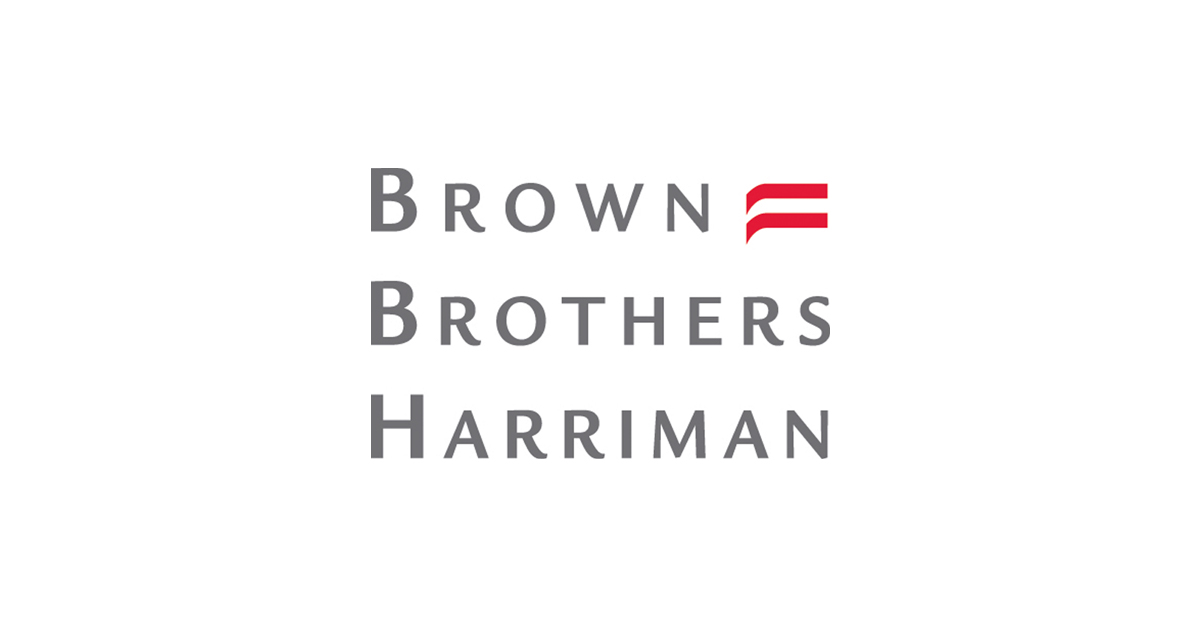
Brown Brothers Harriman currently known as Brown Bros. Harriman owned hundreds of enslaved Africans and financed the cotton economy by lending millions to southern planters, merchants and cotton brokers. Join the conversation!